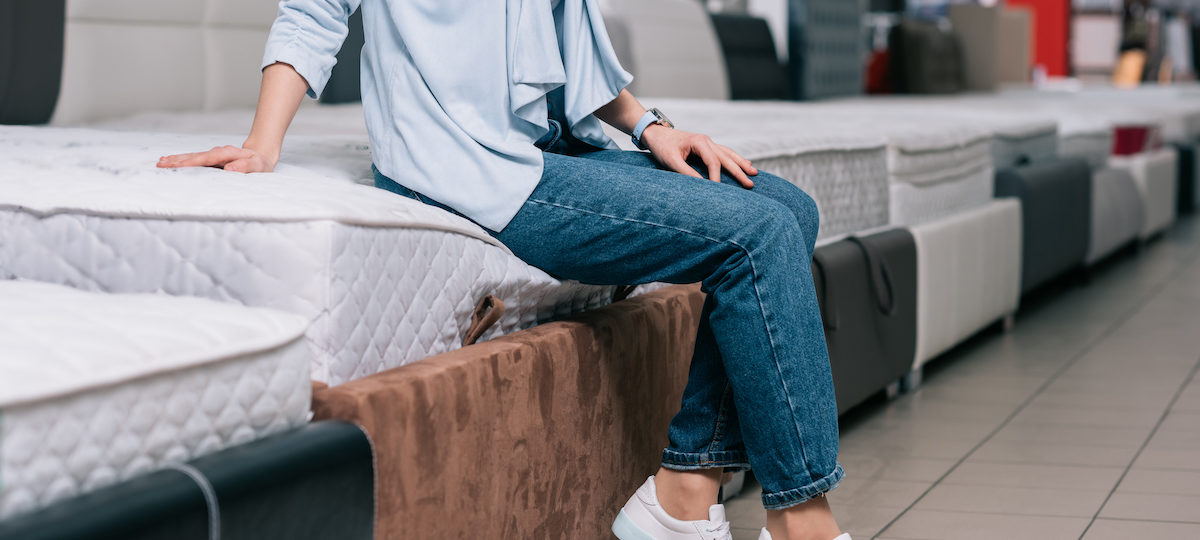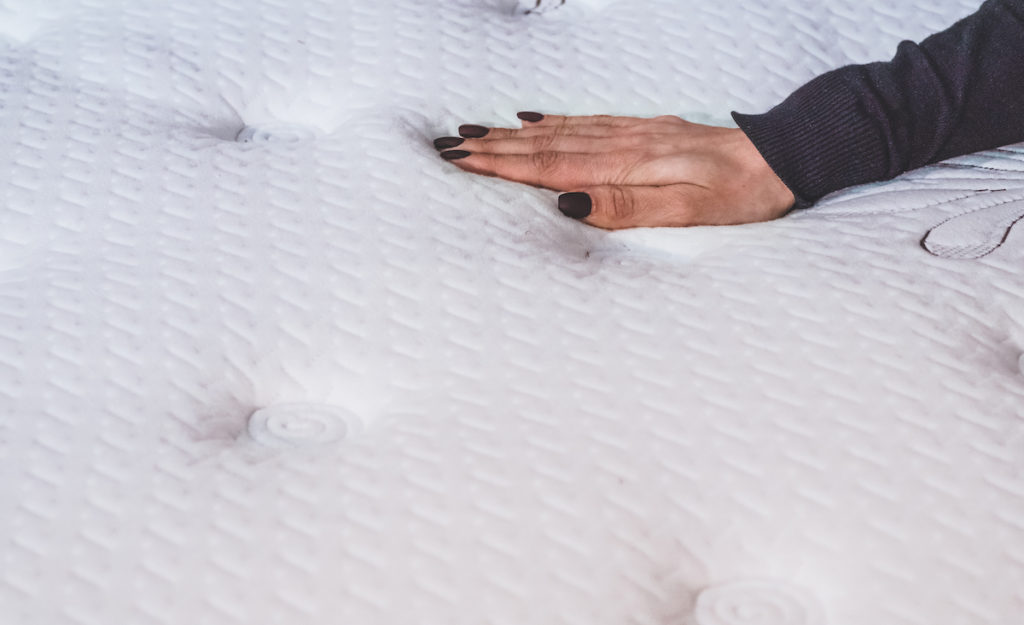Every purchase made online is encrypted with a high level of security you’ve come to expect. Your private information is never shared nor sold, so you can buy with confidence. You can also visit our store if you are in the St. Louis area.

Estimated reading time: 4 minutes
Today we are going to discuss “How Supportive Should My Mattress Edges Be”? It’s a simple mattress feature that many beds may or may not have but do they offer real benefits for you? We all do it and hands down it is one of the most damaging things you can do to your bed, sitting on the mattress edge. The mattress has become our place to watch TV, sit and put on our slippers or shoes, work, and yes we even play. The fact is we just don’t sleep on our mattresses anymore due to all of these extra activities that we throw at our mattresses on a daily basis. The reality is we could construct the mattress edge of concrete but would that really be the best and most comfortable mattress?
Table of Contents
Related Links
A mattress should give total and even support all the way up to the edge and most importantly you should never feel like you are rolling off or falling out or into the bed’s edge due to poor construction and weakness.

Kinds Of Mattress Edges
What kind of sleeping edge has the best high is debatable. The inside edges of a mattress come in various configurations and designs.
- Wire-tied coil springs
- Heavy duty border rods or border wires
- Foam encasement that encloses an innerspring coil unit
- Closed cell foam: this can either run the length of the mattress edge or wraps certain coils on the mattress edge
- Heavier wire gauge coil springs
About Mattress Edges
Wire-tied coil springs rely on each other and collectively offer additional strength and mattress life. Each spring is connected by a spiral wire called a helical wire looks the same as a notebook of paper used by students. The difference is the helical wire is much heavier and built to support body weight for many many years.
Border rods range in thickness and enclose the perimeter of the coil springs. Better border rods tend to be thicker or of heavier gauge often ranging from 6-9 gauge. Complaints with this design are inconsistent firmness on the sleeping surface and additional pressure on the back of the legs when sitting on the edge.
Some Beds Consist Of Heavier-Duty Coil Springs
Coils springs may consist of one or two rows with a higher coil count or concentration of coils adding a firmer feel and additional seat edge strength. Steel gauge is important so consider systems that include a lower number gauge which will offer additional strength. Complaints include loss of shape because most systems are designed with coils encased in fabric or material and take on the shape of a whiskey barrel over time. Varying firmness for both sleeping and seating.
Closed Cell Foam reinforced Sides
This edge-strengthening system is made of semi-rigid closed-cell foam and typically runs the length of the mattress sides. Some brands wrap every other coil or every third coil to give the mattress edges needed strength.
Foam-Encased Models
Foam-encased models vary slightly but the overall gist is an edge support system that surrounds the coils that typically make up the mattress perimeter. The coils are replaced with 4 inches of foam all the way around your mattress. Polyurethane foam can differ in thickness, density, and IFD or ILD. Foam replaces steel making the bed lighter and arguably weaker. Foam encasements often have a more comfortable edge-to-edge for sleeping and additionally when sitting on the mattress side. Complaints include premature failure.
Contact STL Beds Now
You can also contact us by filling out the form below. Make sure to fill in as many fields as possible so we can respond to you with the most accurate information!
